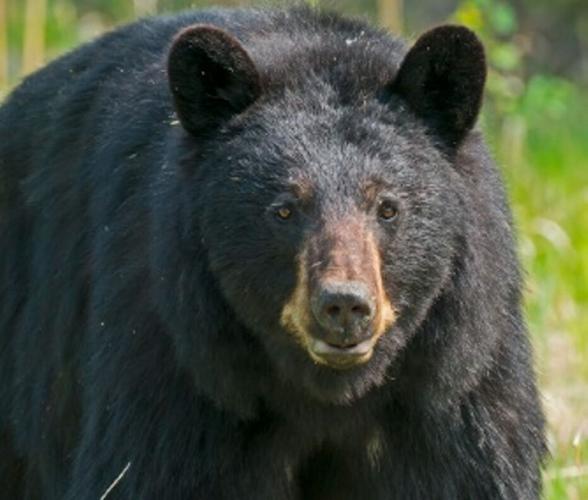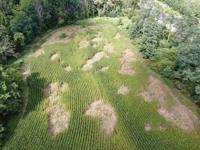ALBANY — The New York Department of Environmental Conservation has announced that in 2022, the Catskills Region were the region with the greatest bear harvest density.
Bear harvest density is the number of bears taken within a 100-square-mile radius during bear hunting season, according to the Department.
Hunters in Catskill took more than 15 bears per 100 square miles while hunters in other regions of the state averaged 10 bears per 100 square miles.
“New York’s black bear populations remain robust, particularly in the Catskill and Adirondack regions,” Department of Environmental Conservation Commissioner Basil Seggos said in a statement. “Regulated bear hunting is a necessary tool for population management, especially with numbers increasing in recent years.”
New York State is home to between 6,000 and 7,000 black bears in the wild, 30% to 35% of which live in the Catskills, according to the Department. Problems such as aggression and property destruction are the outcomes of bears searching for a source of food in humans’ habitat.
With the average male at 300 pounds and the average female at 170 pounds, the destruction can be quite extensive.
“Bears have generally been in New York forever and have been co-existing with humans forever,” said Department spokesman Jomo Miller. “They tend to not want to have anything to do with humans. However, there’s a certain time of year when they wake up from hibernation and are searching for food. We don’t want bears to become too comfortable around humans. We need to make sure that the living together is harmonious and not a bad thing.”
Bruce Lane of Prattsville described the difficulties he and his family have had with bears over the past 15 years.
“We’ve harvested 14 bears in the last 15 years just on our farm in Prattsville,” he said. “The bears actually go down into the cornfield and mat down a whole bunch of the corn, and then the corn cutter can’t get through the corn. And the bears, they eat the corn they knocked. We’ve even got nuisance permits to hunt them because they’ve done so much destruction to the cornfields.”
The nuisance permits, Lane said, allow the family to hunt the bears on their property during the off-season. His family was granted theirs after sending the Department of Environmental Conservation aerial photographs of their destroyed cornfields.
Any hunter who takes a bear must by law report the harvest to the state, a process which can be completed online or by mail. New York also requests that hunters submit to the state one of the bear’s molars for the purpose of determining the animal’s age. In doing so, biologists can more accurately model bear populations, according to the Department.
Although their population numbers need to be controlled, black bears are a natural and important component to the state’s ecosystem. Not only do they keep the forest floor clean by eating animal carcasses, as predators they keep deer and elk populations under control and as omnivores they spread the seeds of the berries they consume, according to the National Park Service’s website, nps.org.
Johnson Newspapers 7.1











